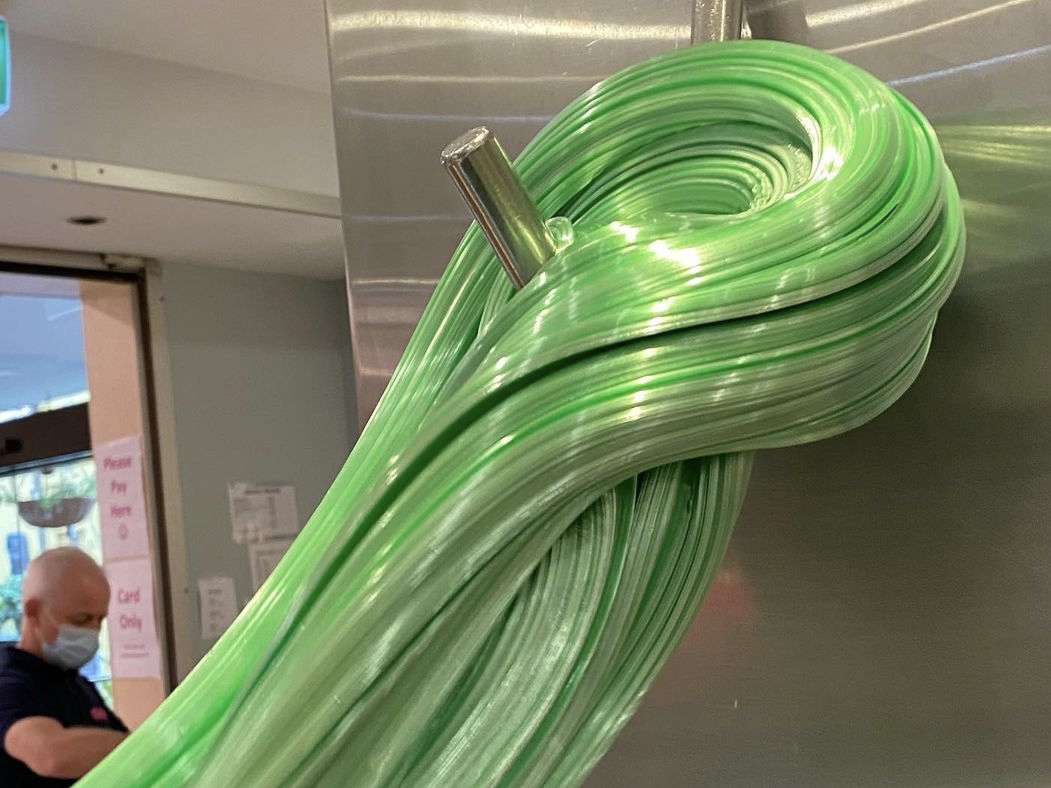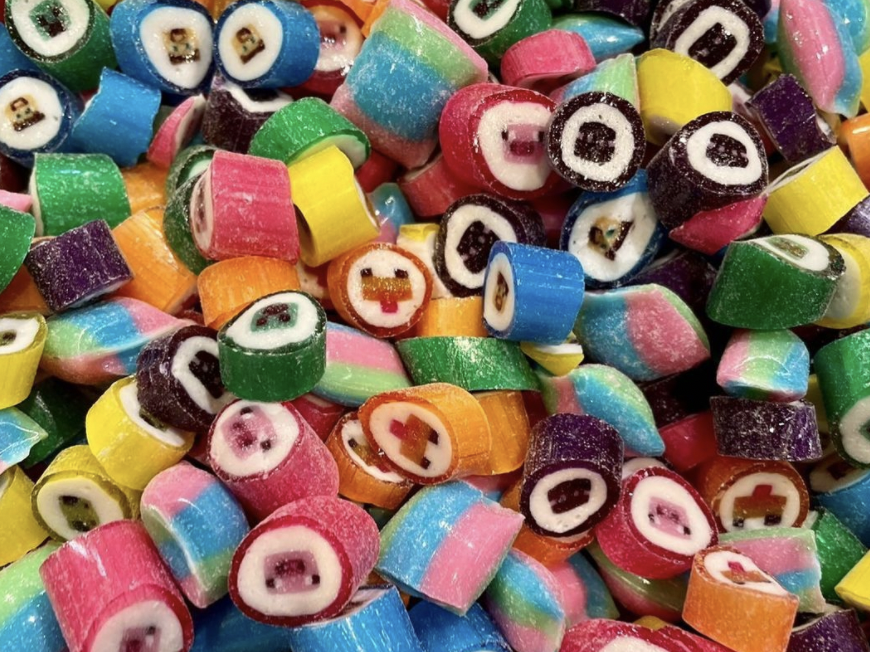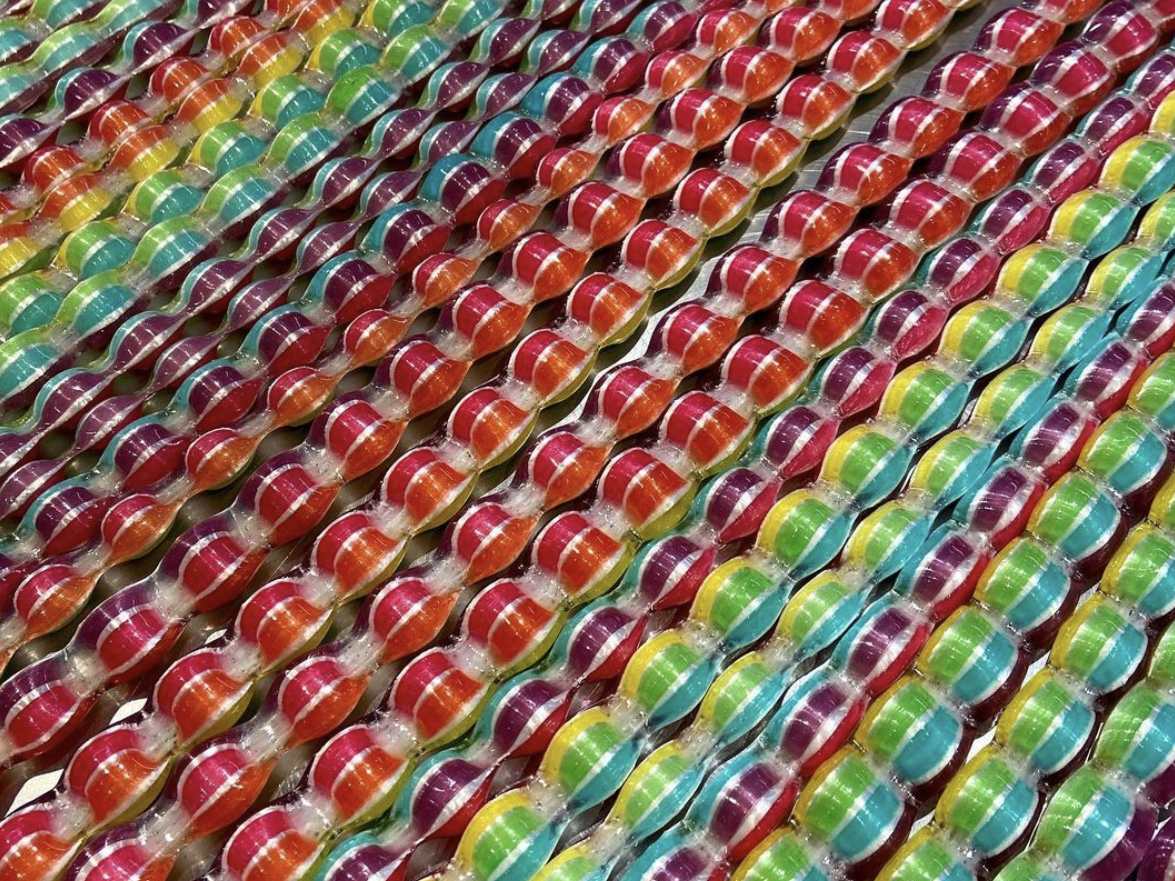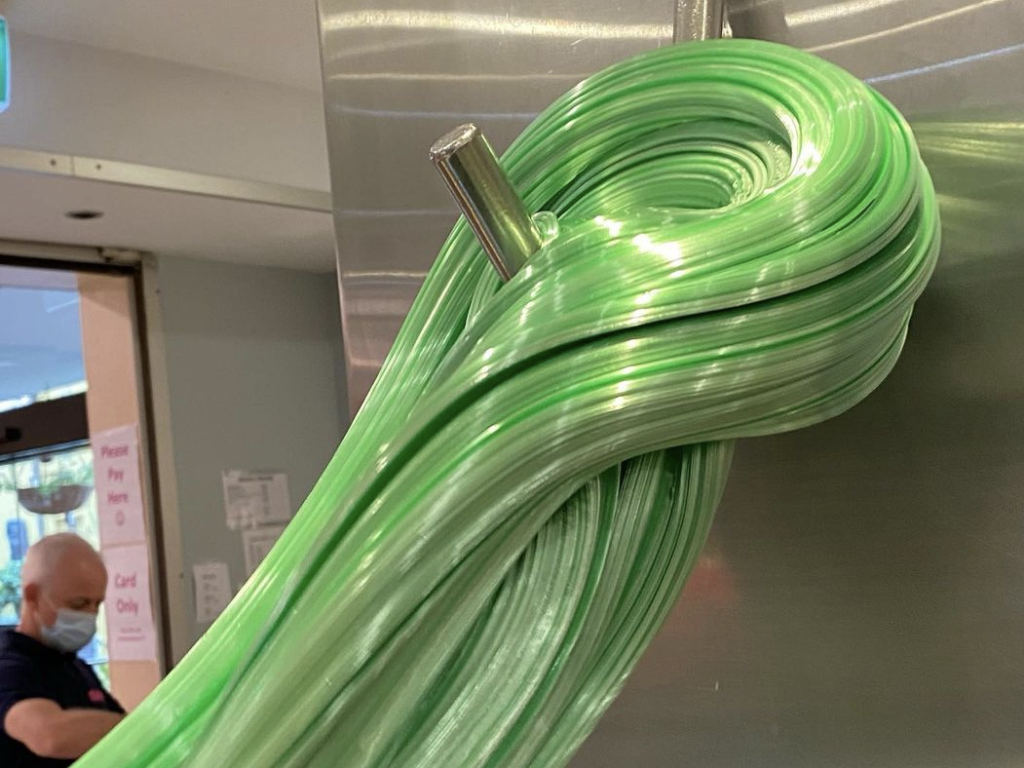
Stickylollies
- A family-run candy store was on the brink of collapse after the pandemic hit.
- The owner's daughter Anabelle King turned to TikTok and other platforms to try and save the store.
- She told Insider the business gained almost 5 million followers and is more successful than ever.
- See more stories on Insider's business page.
Sticky, a store that specializes in artisanal handmade candy store had been on the verge of closing last year after the pandemic tanked sales.
Annabelle King, whose father owns Sticky, which is based in the Rocks neighbourhood in Sydney, Australia, told Insider: "Over the course of about two weeks in March 2020, we went from busy to bust." Revenue dropped to "literally zero," she said.
To turn things around, King began posting striking imagery of the candy-making process on social media. The store soon racked up millions of social media followers and is now more successful than ever.
Sticky has been sculpting sweets from scratch for nearly two decades. Before the pandemic hit, the store attracted a strong customer base, mainly in the form of tourists, who were keen to get their hands on some eye-popping rock candy.
When the pandemic hit, King said the family was desperate to keep the store open at all costs. "We were standing staff down [and] borrowing money to pay expenses like rent," she said.
King said her family then turned to social media as a last resort. Astonishingly, things began to improve extremely quickly. We "thought that maybe, in the absence of customers, we could turn some of the theater of what we do into an online show," she said.
The store's social media followers grew exponentially. "We could have up to 20,000 people watching us live at any given moment, and videos that might go on to get millions of views," King said.
The business was drawing in a healthy amount of customers and started hiring again, instead of letting people go. "That's when I suggested to Dad that we start a TikTok account," King said.
The TikTok account garnered more than 1 million followers in its first month of launching and is now close to 5 million.

Stickylollies
"The strategy was, essentially, just to be honest and human. To show people the lovely things about candy-making and our store, and to be brave about sharing ourselves too," King said.
"There is a process and a story for each lolly. And that is the secret. Process combined with personality," she added.
To make the distinctive candy, Sticky handcrafts a large, three-dimensional cylinder out of sugar from the inside out, using various colors. "The idea is that, once constructed, any cross-section of the cylinder will show a two-dimensional image or text," King said.
Designs include unicorns, tropical fruits, and aboriginal flags among many others.

Stickylollies
The sweets are made of fairly simple ingredients: a mix of sugar, glucose, water, colour, flavour, and citric acid.
King said her responsibilities included a little bit of everything, from construction and packaging to filming, posting, and scheduling media.
When asked how much Sticky's business has increased as a result of its social-media success, King said its online store sells out in about four hours every week - a phenomenon that did not occur pre-pandemic.
Demand for Sticky's hard-boiled candy is now exceeding supply, King said. "I get a lot of angry messages along the lines of 'YOU SHOULD JUST HAVE MORE STOCK,' always in all caps," she said.
But King just sees it as a sign of sweet success. "We are just amazed that anyone would watch what we do, and we are genuinely happy that people enjoy it," she said.
"As Dad says, social media can be a den of vipers, but it isn't always. The vast majority of people are just looking for community and entertainment and a sense that the world isn't awful."
When it comes to building a successful social-media strategy, she added: "You always need luck. We worked our butts off to be sure, but we also had a bunch of luck."
